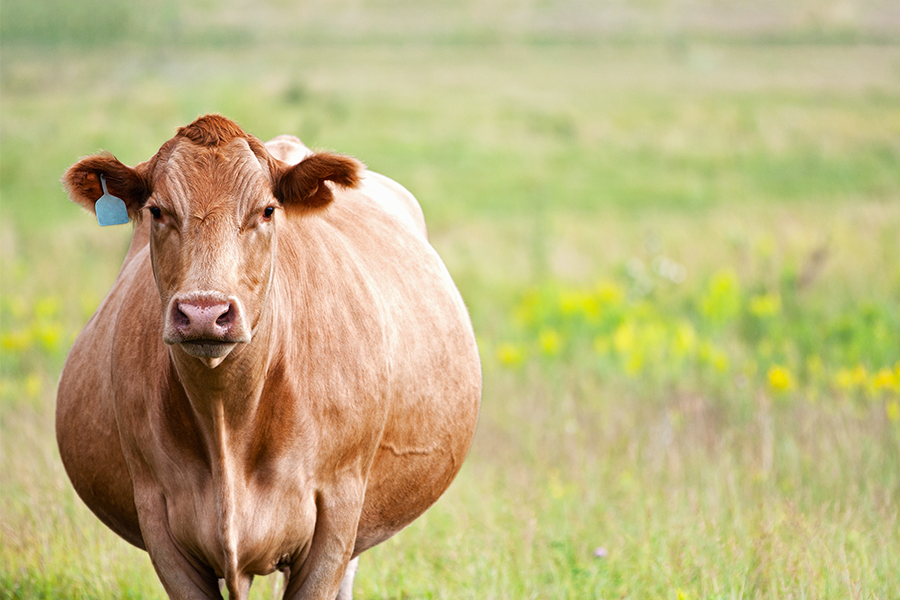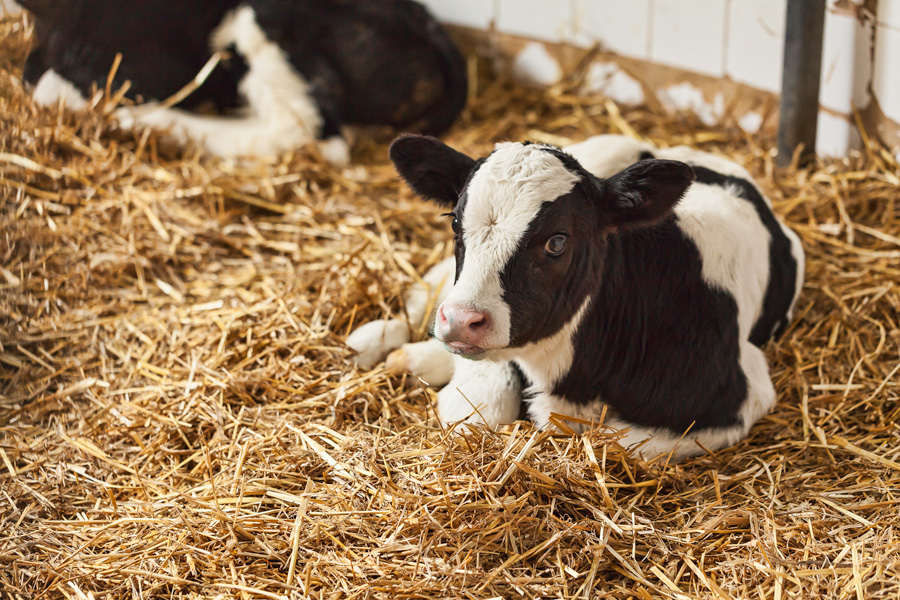

Cattle producers commonly evaluate reproductive performance by determining how many cows became pregnant during the breeding season. Although pregnancy rates are important, when the females become pregnant within the breeding season is a major component of cow-calf profitability. Cows that become pregnant early in the breeding season calve earlier in the calving season. Consequently, they have more time to recover before the next breeding season, which increases their chances of becoming pregnant and staying longer in the herd. Estrus synchronization programs have the ability of inducing estrus and can be combined with natural service to increase the percentage of cows and heifers that become pregnant early in the season. This publication describe different synchronization protocols that can be incorporated by cow-calf producers utilizing only natural service.

Published by University of Georgia Cooperative Extension. For more information or guidance, contact your local Extension office.
The University of Georgia College of Agricultural and Environmental Sciences (working cooperatively with Fort Valley State University, the U.S. Department of Agriculture, and the counties of Georgia) offers its educational programs, assistance, and materials to all people without regard to age, color, disability, genetic information, national origin, race, religion, sex, or veteran status, and is an Equal Opportunity Institution.
Status and Revision History
- Published on October 11, 2022
What is a Bulletin?
Bulletins represent a major writing effort and cover a broad subject area. They address individual topics in a particular discipline for a specific commodity.
Written and Reviewed by Experts
This resource was written and reviewed by experts. Click below for more information on how we produce science you can trust.






